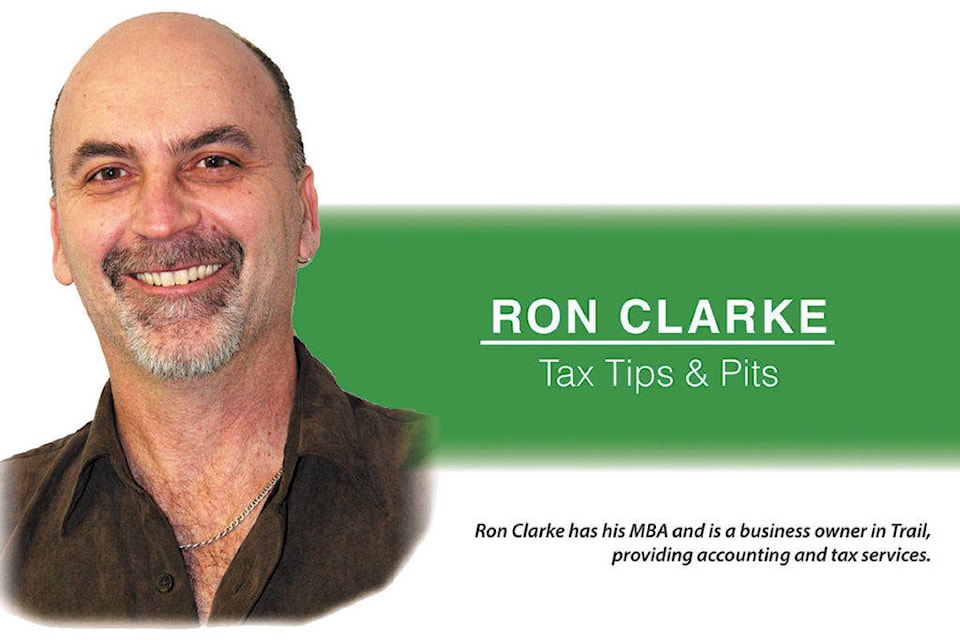By Ron Clarke
With the arrival of a new year, many people make resolutions of health and prosperity.
Here’s a resolution some business owners may have made a few weeks ago: “I aspire to retire.”
A rather poignant idea when considering the changes, in some cases ravishes, to Canada’s economy being caused by COVID-19.
There is an abundance of information available to an entrepreneur to aid in the start-up and operation of a business, but how does one “get out” of business?
Pick a price and sell it.
Give it to a family member.
Just shut it down.
All are options, but recognizing the opportunities the decision to sell presents, then “getting-out” of business becomes a “planning process” and not the managing of a “one-time event.”
This often is referred to as succession planning, and approaching the sale of one’s business in this fashion should result in a more seamless and perhaps more profitable outcome because the bigger picture is under consideration rather than the sale simply viewed in isolation.
Identifying and evaluating the selling options is the first step in succession planning.
Will it be a family transition, an employee buy-in, a third party buy-out?
Is it only selling the assets, or will future profitability be considered?
Look at the pros and cons of each of these remembering there are “what if” scenarios to consider such as, “What if I sell to family and it bombs – what’s the fall-out?”
This is all about the intangibles to the process.
Once the choice in approach is made, then it’s time to apply business valuation techniques – a topic deserving its own attention. Suffice it to say that this is the quantitative side of the process.
The simplest method of valuation is to establish the fair market value of the assets of the business, and being able to prove such values. Add them up and there’s the so called “asset” sticker price.
The more complex method of valuation includes consideration of past financial outcomes and identifying historical trends over the past three to five years, then forecasting these trends out five years and establishing a present value of those future outcomes back to today’s dollars.
This latter technique smooths out any temporary good or bad effects on the business, for example COVID-19, such that the current profitability is not the only factor in determining what is typically referred to as the “goodwill” of the business.
Simply stated, goodwill is the amount paid above the fair market value of the assets.
After this, there are sales, legal and tax considerations.
This part of the process might best be handled by professionals or at least consultation with them prior to making firm decisions.
Then it’s a matter of implementing the mechanics of the sale through negotiations and agreements, all with an eye to due diligence. And don’t assume a family sale is exempt from due diligence.
The implications associated with skipping it can be devastating to family dynamics.
And don’t forget that there will be aspects of the sale that have to be reported to Canada Revenue Agency.
Finally, it’s not just a matter of “getting out” but sometimes it’s also a matter of “staying out.”
The business owner may have to commit to the new owner of the business to remain connected during a transition period, and if so, this transition period should have a specified time frame.
In the case of a family transfer of the business, ties may be strong for continued involvement.
Be prepared to face this situation and articulate an exit strategy if so wished.
Ron Clarke has his MBA and is owner of JBS Business Services in Trail, providing accounting and tax services.
